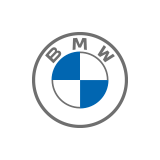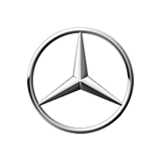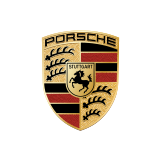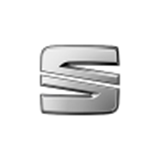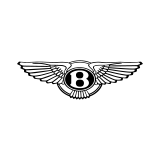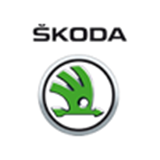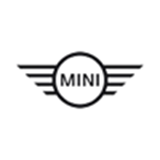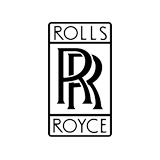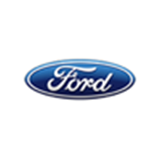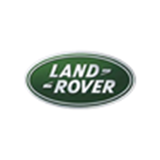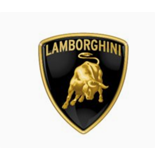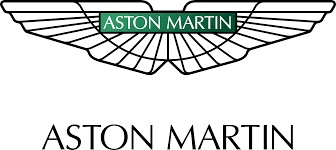10/11/2023
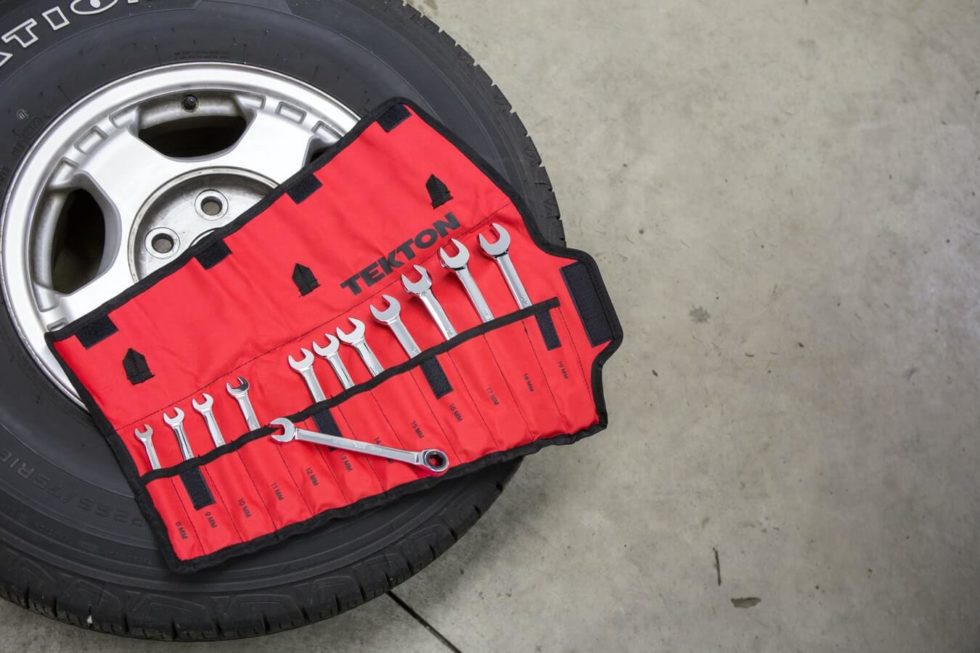
Finding and maintaining the right rims
The right rim size is crucial for choosing the right rims. Rims that are too large impair the riding comfort, as less air can be pumped into the tires. As a result, damping and suspension suffer. The wrong size of rims can even cause severe wear and ruts. The permissible size of the rims can be found in the owner's manual of the vehicle together with the most important information about the rim diameter, the wheel hub bore and the bolt circle data. The alternative is the COC document, the so-called certificate of conformity, which can be requested from the vehicle manufacturer.
These are the rim elements:

It is easier with our configurator for rims and tires. Simply enter manufacturer and model and discover the large selection of original rims, winter complete wheels, summer tires and much more. If you have any questions, our competent team will be happy to advise you. Also come by for a personal consultation.
Tire change
Tires need to be changed twice a year. The "E to O" rule of thumb for changing tires is simple: from Easter to October, summer tires are fitted. From fall onwards, it's the winter tires' turn again. Two different complete wheel sets or tire sets for summer and winter wheels have the following advantages:
- Better adaptation to seasonal road conditions: in summer, lightweight aluminum rims and narrower tires make for a zippy driving experience. In contrast, wider tires are needed for more grip in winter.
- Less wear and tear on the rims: the high stress caused by dust and salt in the winter months is particularly hard on alloy rims. Therefore, we recommend steel rims in winter.
- Quick replacement in case of punctures: with the storage of complete wheels with rims you have a quick replacement in stock in case of a puncture. Especially for vehicles without spare tires in the trunk, this advantage can pay off.
- Uncomplicated tire change: when using complete wheels, you save a step when changing tires, since no rims have to be removed and recombined. Thus, tires and rims can also be changed in your home workshop.
The winter complete wheels and summer tires with rims can be stored uncomplicatedly. The independent mounting and storage of winter tires and summer wheels can save frequent workshop costs.
Storing tires and rims
Storing complete wheels and rims in your own garage is definitely the cheapest and least complicated alternative. With these tips, the correct storage is quite simple.
5 tips for the correct storage of car tires and rims:
- Tire pressure: + 0.5 bar
- Tire position: FL, FR, RL, RR
- Tire tread: min. 1.6 millimeters
- Storage climate: dark, dry, cool
- Storage position: complete wheel horizontally, wheel without rims vertically
The tire pressure of complete wheels should be increased by 0.5 bar before storage. This can counteract the possible loss of pressure during storage. Important: Check and adjust the pressure of the tires again before the next mounting. The wheels may only be interchanged in pairs. Therefore, it is necessary to know the position of the individual tires or complete wheels. Marking with wax pencil or chalk on the corresponding wheel is very helpful. Common markings are FL (front left), RR (rear right), etc. After dismounting, it is a good idea to check the wheels for their remaining tread. The legal lower limit is a tire tread of 1.6 millimeters. However, driving comfort and safety already decrease significantly with a residual tread of less than 4 millimeters. Especially with light summer tires, accidents can occur due to wet conditions. In addition to the tire tread, the condition of the tire rubber is also crucial. Proper storage of tires and complete wheels protects the material. Heat and UV radiation damage the rubber compound and make the tires brittle. Therefore, both tires and complete wheels should be stored in a dark, dry and cool place. However, the optimal storage position of complete wheels and tires without rims differ. Car wheels without rims can be stored upright. In contrast, complete wheels should be stored lying down and stacked to avoid damage to the rims. Separate storage of wheel and rim is not necessary, but has advantages: the tires can be set up and the rims are safe from scratches and dents. Popular alternatives for storing tires and rims are tire trees or attachments to the wall. Before mounting complete wheels, a visual inspection of the tires should be made. Storage can cause dubious damage to summer or winter wheels. In case of doubt, a specialist should be consulted about the condition of the tires. To ensure that the discarded car tires and rims are ready for immediate use in the new season, they should be cleaned after the tire change.
Rim cleaner
Due to road dust and brake abrasion, aluminum rims in particular quickly become dirty and the dirt can hardly be removed from the rims when washing the car. Good results can be achieved with a commercially available rim cleaner - without scrubbing or polishing.
The correct use of rim cleaners
The application of most rim cleaners is similar:
- Spray on cleaner
- Wait until the color changes to the indicator (e.g. purple)
- Spray the rims
- Ready
Depending on the degree of dirt on the alloy rims, the process must be repeated. In case of particularly stubborn dirt, it is necessary to polish the rims with a microfiber cloth.
What to consider when buying rim cleaner
There are some good rim cleaners on the market. When using cheaper cleaners (from about 5$ upward), the rims often need to be re-polished. Better results can be achieved with somewhat more expensive rim cleaners (e.g. Sonax). Important: Keep your hands away from acidic cleaners. Acid and scouring agents damage aluminum rims. This must be taken into account when buying cleaning agents for aluminum rims. In addition, rim cleaners must not be used and sprayed in the front yard at home. The reason: the toxic chemicals could get into the groundwater and harm the environment.
The alternatives: 3 household remedies
An inexpensive and less toxic alternative to commercial rim cleaners are the following home remedies.
The classic: toothpaste against dirty alloy rims
Cheap and effective is the cleaning of the alloy rims with toothpaste. This is how you get the alloy rims really clean:
- Moisten a fresh cleaning cloth and put toothpaste on it. Length of the toothpaste strip: approx. 5 centimeters
- Scrub aluminum rims.
- Depending on the degree of soiling, wash out the cloth and use new toothpaste.
- Rinse aluminum rims with clean water.
Baking oven spray for dirty alloy rims
Treating aluminum rims with a baking oven spray can remove dust and the abrasion of brake pads. This is how you can clean aluminum rims with an oven spray:
- Roughly clean aluminum rims with water.
- Allow alloy rims to dry sufficiently (important!).
- Spray the front and back of the rim with oven cleaner. Reaction time: 15 minutes
- Rinse off oven spray and dirt with a garden hose.
Cleaning stone for stubborn dirt on aluminum rims
If cleaning the aluminum rims with oven spray did not have the desired effect, you can resort to the cleaning stone. The cleaning stone is a stronger home remedy and can be picked up - if not from the cleaning cupboard - for a few dollars from the supermarket. How to use the cleaning stone:
- Moisten a sponge and brush it over the cleaning stone. This creates the foam.
- Carefully clean the alloy rims.
- Rinse the aluminum rims with clean water.


